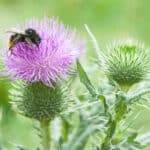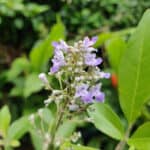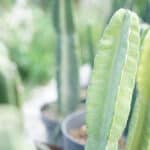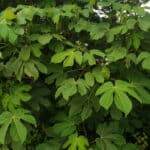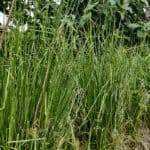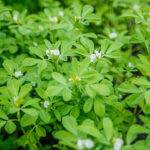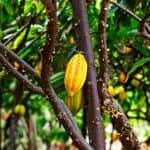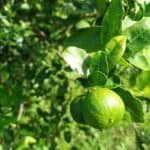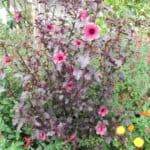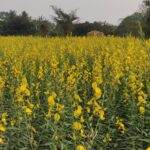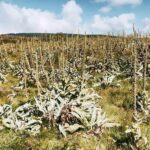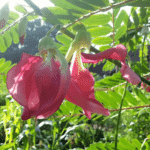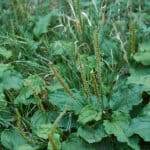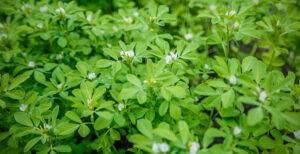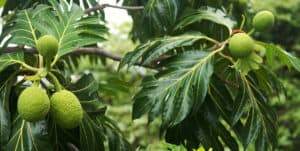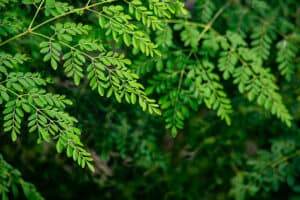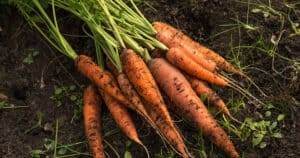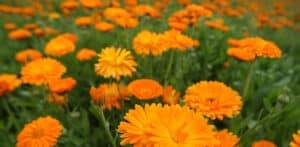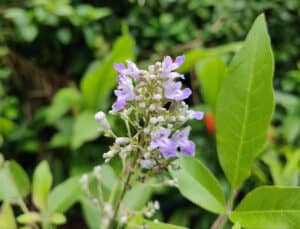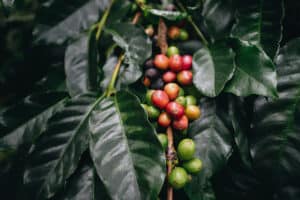Rosemary, ‘dew of the sea..’
Rosemarinus in Latin means ‘dew of the sea’. I guess it was due to the natural occurrence in the coastal Mediterranean hills which it enjoys most. Or perhaps, part of the reason was ancient Greek folklore… Rosemary was said to be draped around the neck of Aphrodite, goddess of love and beauty, as she rose from the sea… I didn’t really believe it, but I think I saw her a few weeks ago walking on the beach!
Officinalis meaning, “from the officina”, The officina was an out-building in medieval monasteries, where medical monks prepared pharmaceutical preparations like tinctures, disstillates and dried extracts. Often the officina was directly connected to the medicinal or herbal gardens. This was long before Permaculture Design Principle One, Relative Location!
Anyhow, when Linnaeus invented the system of binomial nomenclature, he gave the name Officinalis to dozens of herbs and plants that stood the test of time medicinally. This includes many other common herbs we know and regularly use, like Salvia, Calendula, Hyssop, Verbena, Ginger, and dozens more share this name.
Rosemary is another medicinal plant from the family Lamiaceae, meaning lipped. Formerly this family was called “Labiatae”. When you see the shape of some of these flowers, especially some of the Salvias, it really makes sense. Use your imagination!
Rosemary as Medicine
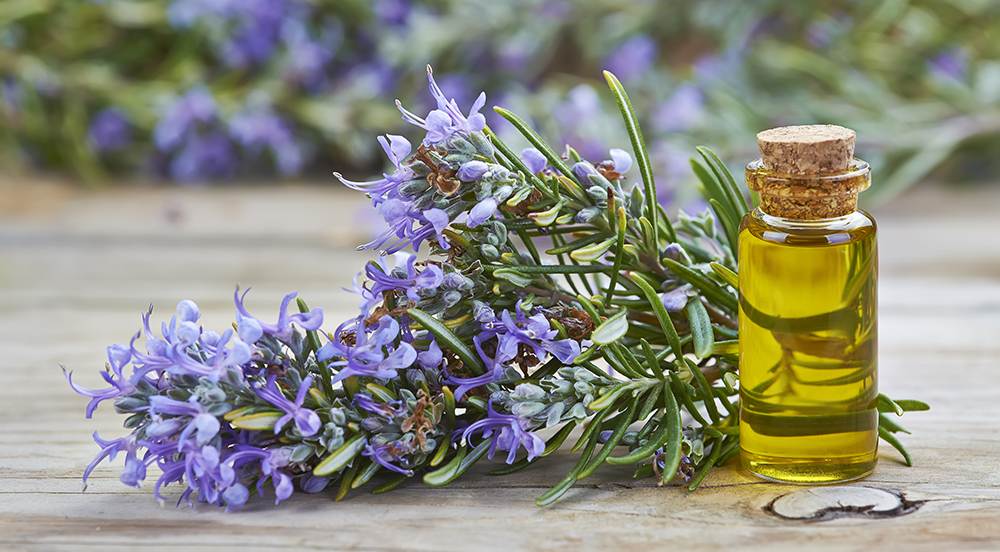
Rosemary has been used for thousands of years in traditional medicine for numerous ailments, as far as medicines go, it’s about as broad a spectrum as they get!
It can easily be included in the diet for maintaining a healthy immune system, and many other systems. It has so many benefits for maintaining eye health, liver function, cardiovascular health, memory and concentration. It can also have a positive effect on those who are mentally tired, anxious or depressed.
Rosemary is now gaining more traction in modern medicine for its antibacterial, anti-inflammatory, antiviral and antifungal properties. Helping the immune system fight off infections before they take hold.
Propagation & Planting
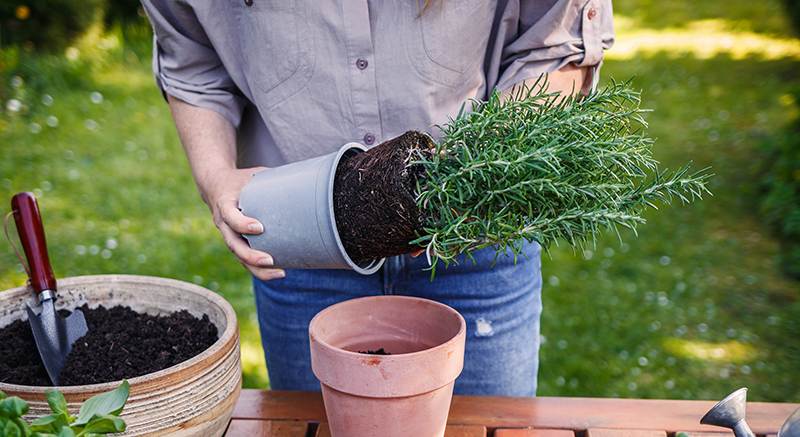
Rosemary propagation is quite similar to Lavender. Cuttings are the best way to replicate rosemary true to type. Choose healthy plants with fresh growth, and choose the half-ripe wood. Avoid mature brown or woody stems. Best done in spring, but it could be done whenever the plant has a flush of new growth, depending on your climate.
- Take cuttings of around 10 – 15 cm, place in a plastic bag out of direct light if you plan to be taking many. Don’t take cuttings from flowering shoots, because the flowering shoots will be putting too much energy into the process.
- Do take more cuttings than you think you will need, in the case that they don’t all grow roots.
- Remove most of the bottom leaves to avoid moisture loss, and cut the stem below a leaf node.
- Using rooting hormone if you wish, you can dip the cuttings and place them in a well draining, gritty potting medium.
- You may put many cuttings around the edge of a larger pot until they have roots, or in separate pots if you wish.
- Try to keep the cuttings in a warm and humid environment, if you don’t have a greenhouse or similar environment you can try to create it by placing a clear plastic bag over the pot (like a mini greenhouse).
Caring for, and Harvesting Rosemary

Rosemary is another multi-functional, mediterranean herb that is tolerant of many soils, but doesn’t like prolonged humidity or waterlogged roots. Rosemary likes well draining soil, and plenty of sun! (ideally, 6-8 hours) It grows within a pH range of 5.5 to 8, thats a very wide range of soils. So it’s great for beginners! It is frost tolerant down to around -7℃ to -12℃ or 19-10 ℉ – but It enjoys temperatures of 20-30℃ or 68-86℉. It can be a little slow to take off at the start if you have lower temperatures than these. All the more reason, if you plant a few now, in a year or so, you should have more than enough rosemary for yourself!
Like many of these lovely Lamiaceae herbs, the best time to harvest is in the morning, before the heat of the day! Another important thing to consider is the oil content in the leaves is much higher just before they are in full bloom!* So, depending on your processing needs and uses, keep this in mind for best flavor and medicinal quality. Otherwise, for daily needs, just harvest the new soft green leaves and stems.
*Don’t forget to let some of your Rosemary go to flower, for those friendly pollinators! Bees especially seem to adore Rosemary!
Processing & Utilizing

After harvesting, there are many things to do with Rosemary. It pairs well with many other Mediterranean herbs like Basil, Oregano and Thyme, in the garden and on the plate. Therefore it can be processed in a very similar way. You may hang the rosemary to dry by tying the stems together and hanging the bunch upside down. Best done in a dark, dry, well-ventilated area. If you don’t have these conditions, oven drying or dehydrating may be a better option. After this you can do as you wish, you may strip them off their stem and store them in jars for about a year.
Conclusion
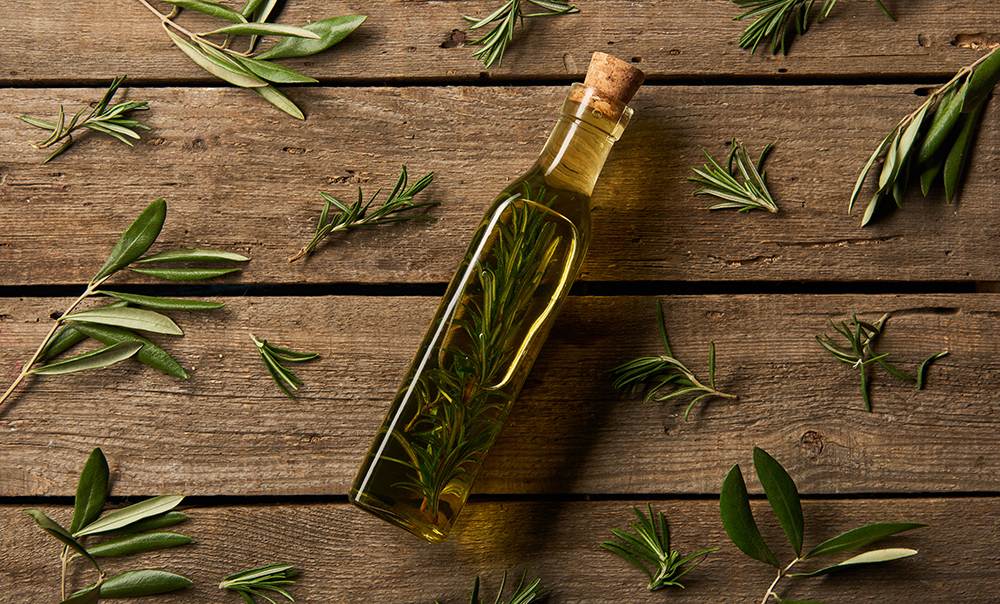
I like to use Rosemary in easy-to-access places, close to the kitchen, or nearby paths you will use daily. It is also helpful to create small hedges or pollinator gardens mixed with other useful herbs and flowering plants like lavender, oregano, thyme, salvia, and many more. Rosemary also has a few interesting varieties, within the Rosmarinus Prostratus. you will find many have slightly different growth habits. Some are more “creeping” and some are more “weeping”. Where I am at the moment in Catalonia, I have seen much more upright Rosemary with white or pink flowers. It’s stunning!



